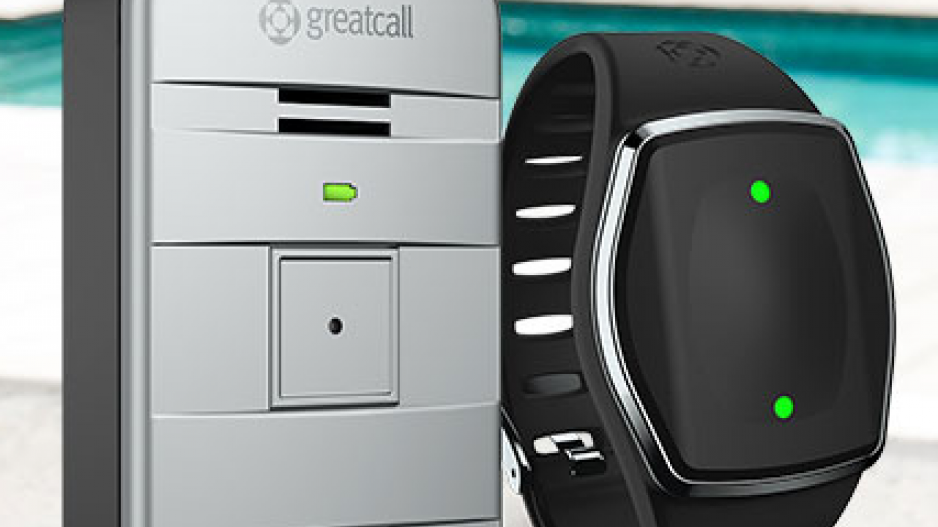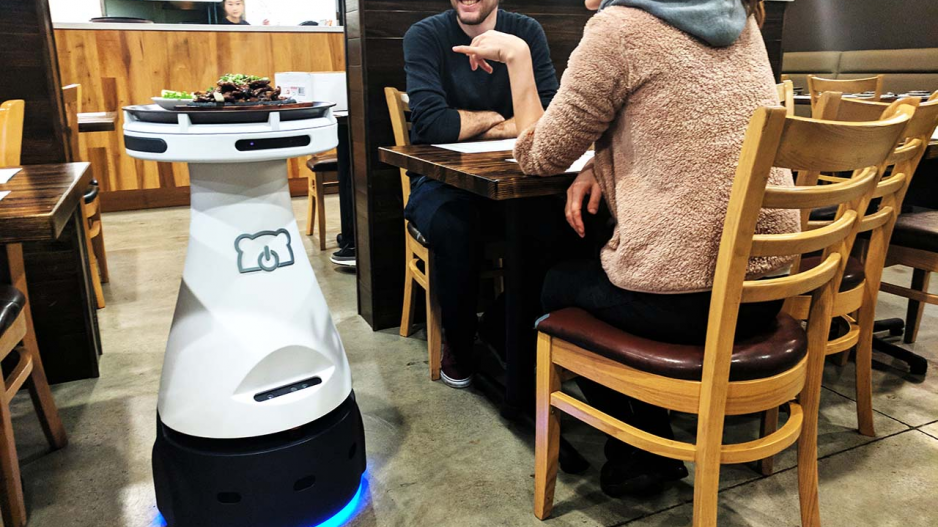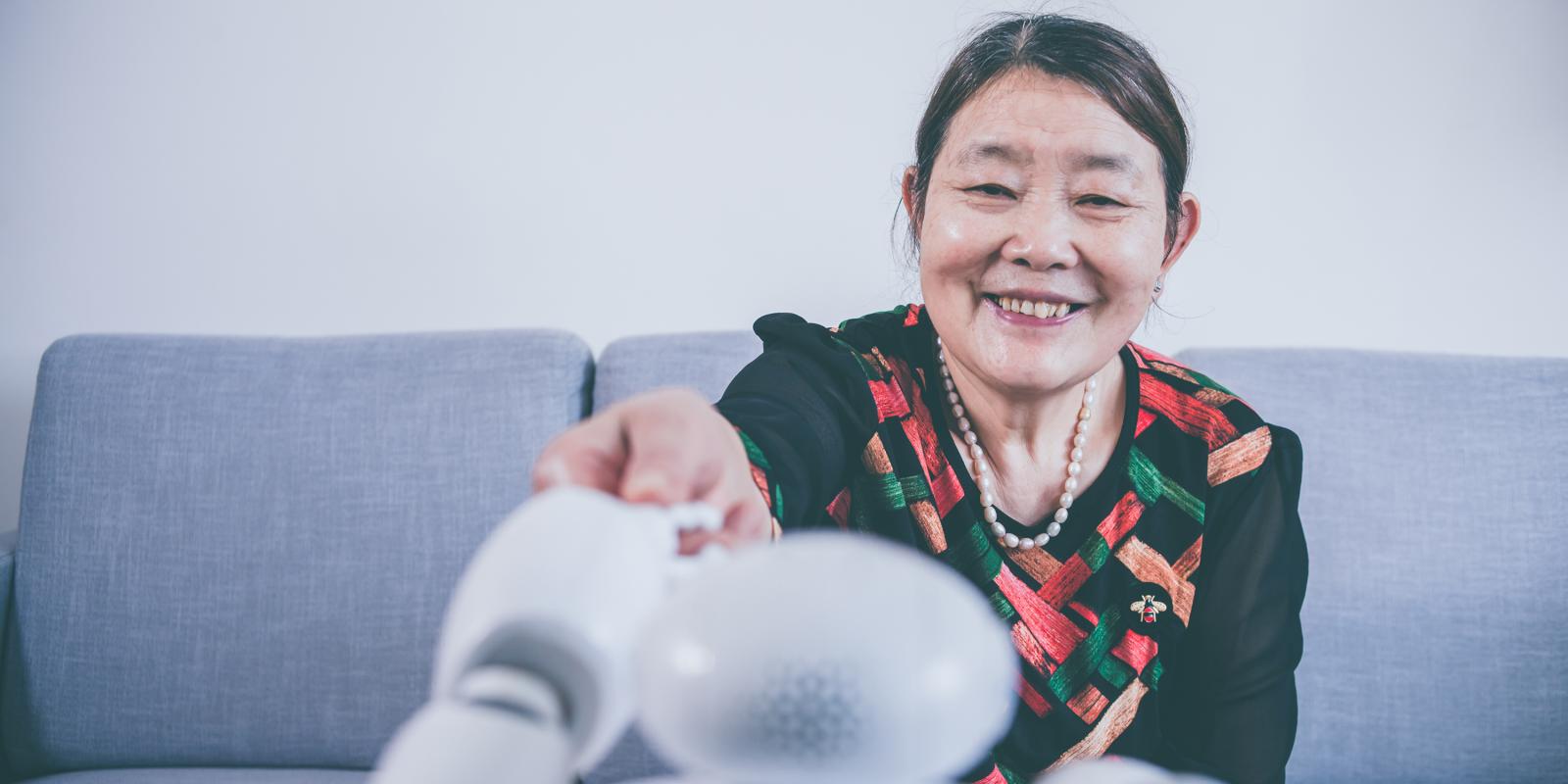Never before has the convergence of two megatrends “super aging” (where one in five people are ages 65 and older) and “super tech” (an exponential increase in technology’s capabilities) been more important than in the midst of the “super virus” known as COVID-19. Many older adults, and organizations serving them, find that technology can help manage aging in isolation, and will continue to serve older adults during this pandemic. The level of technology adoption and related regulatory change that has happened in the past six to eight weeks would have normally taken 10 to 15 years to achieve.
A crisis like a pandemic changes people’s perception about change and innovation—these become readily accepted because the status quo clearly doesn’t work anymore. Small pilot projects, which often are the norm for service providers, are bypassed because new modalities need to be fully scaled in a matter of weeks, not years.
Providers’ success, however, depends upon their ability to quickly and continuously iterate the enabling service model and provide consistent support for training and troubleshooting. While many services will shift back to in-person modalities, technology has proven itself worthy and its rapid adoption has permanently altered the aging and aging services landscapes.
The four areas discussed below are highly relevant to aging and sheltering-in-place while serving older adults in the pandemic.
Social Connection and Smart Home
With stay-at-home orders and social distancing requirements in place—especially for older adults—finding ways to virtually socialize with friends, family and others has quickly become essential. Older adults, families, organizations and groups of all kinds have found video- conferencing tools that professionals have been using for years to be essential and a lifeline to the outside world.
Apple’s FaceTime and Skype for individuals and small groups, and Zoom for larger group chats and meetings are among the most popular and easy to use. Google announced in May that it would make its Google Meet video-conferencing platform available for free and Facebook announced in late April the launch of Messenger Rooms, an invitation-based group video chat that can accommodate up to 50 people even if one has no Facebook account. HouseParty is a way to inject some fun into virtual gatherings.
Virtual assistants like Amazon’s Alexa, Apple’s Siri and Google’s Assistant have proven invaluable for hands-free, contactless “voice first” ways for older adults to call friends and family or to call for help, keep up on the latest information and listen to audio books, podcasts and music.
 More sophisticated social connection and engagement technologies like ElliQ ($1,500) by Intuition Robotics can be a helpful digital companion for initiating and encouraging engagement with less tech-savvy older adults. Taking it one step further, the Ohmni Labs‘ telepresence robots (around $2,200) help families connect with and be “present” with their loved ones in isolation. Unlike other phone and video conferencing, these robots are operated remotely, giving families full control over the communication, even if their loved ones aren’t able to or don’t wish to manipulate a device. Ohmni robots also can be used by service organizations to provide home-based check-ins and services when they can’t be there in person.
More sophisticated social connection and engagement technologies like ElliQ ($1,500) by Intuition Robotics can be a helpful digital companion for initiating and encouraging engagement with less tech-savvy older adults. Taking it one step further, the Ohmni Labs‘ telepresence robots (around $2,200) help families connect with and be “present” with their loved ones in isolation. Unlike other phone and video conferencing, these robots are operated remotely, giving families full control over the communication, even if their loved ones aren’t able to or don’t wish to manipulate a device. Ohmni robots also can be used by service organizations to provide home-based check-ins and services when they can’t be there in person.
 Senior living organizations find that comprehensive, integrated platforms for virtual social connection, such as K4Connect, to be especially helpful during this time of social distancing. Eskaton senior living has installed K4Connect in nearly 800 residental units across independent, assisted living and memory-care settings. The system integrates the use of Amazon’s Alexa virtual assistant and smart tablets for conveying content and activities, resident and family communications, concierge services, menus, events and morning check-ins; the system also enables residents to control lights and thermostats. In addition, Eskaton is installing Amazon Echo dots in another 700 units until social distancing allows a complete K4Connect installation.
Senior living organizations find that comprehensive, integrated platforms for virtual social connection, such as K4Connect, to be especially helpful during this time of social distancing. Eskaton senior living has installed K4Connect in nearly 800 residental units across independent, assisted living and memory-care settings. The system integrates the use of Amazon’s Alexa virtual assistant and smart tablets for conveying content and activities, resident and family communications, concierge services, menus, events and morning check-ins; the system also enables residents to control lights and thermostats. In addition, Eskaton is installing Amazon Echo dots in another 700 units until social distancing allows a complete K4Connect installation.
Safety and Wellness
For older adults sheltering-in-place or just aging-in-place, technology can add a layer of protection and peace of mind for families and caregivers. Medminder ($40 to $65 monthly rental) is a smart pillbox with varying levels of security to match varying levels of independence. Pill compartments can be locked and only the pre-programmed compartment will unlock at the right time, and can be set up to unlock or re-lock in wider time windows to allow more user flexibility. It has a built-in cellular connection, so no Internet or phone line is needed. It uses elevating communication modalities—blinking lights, sounds and phone calls, text messages and emails—to alert elders to take medications and to let families and caregivers know if medications haven’t been taken.
 The CarePredict@Home ($449.99) system with a Tempo3 wearable uses artificial intelligence (AI) to learn and follow daily habits of elders living alone to assure families and caregivers that they’re going about their normal routine. It notices small changes that can precede serious risks like falls, malnutrition, depression and urinary tract infections, enabling early detection before an adverse event. The wearable includes AI-learned fall detection alerts and two-way communication. CarePredict also has senior-living applications. GreatCall’s Lively Mobile Plus ($25) provides cellular-enabled mobile emergency alert with GPS location and it’s Lively Wearable2 ($50) pairs with a smartphone to provide more advanced safety features. Both services include a call center service with agents trained for emergency and non-emergency situations. Agents can send tailored help such as if an older adult is locked out of his or her house, is having car trouble, is in potential danger or is experiencing a medical emergency.
The CarePredict@Home ($449.99) system with a Tempo3 wearable uses artificial intelligence (AI) to learn and follow daily habits of elders living alone to assure families and caregivers that they’re going about their normal routine. It notices small changes that can precede serious risks like falls, malnutrition, depression and urinary tract infections, enabling early detection before an adverse event. The wearable includes AI-learned fall detection alerts and two-way communication. CarePredict also has senior-living applications. GreatCall’s Lively Mobile Plus ($25) provides cellular-enabled mobile emergency alert with GPS location and it’s Lively Wearable2 ($50) pairs with a smartphone to provide more advanced safety features. Both services include a call center service with agents trained for emergency and non-emergency situations. Agents can send tailored help such as if an older adult is locked out of his or her house, is having car trouble, is in potential danger or is experiencing a medical emergency.

In congregate senior living, fall-detection technologies can be especially helpful not only for alerting care staff in the event of a fall, but also for determining how the person fell; this helps staff to understand the severity of the fall and to better avoid additional falls. SafelyYou, a new technology coming out of UC  Berkeley’s Artificial Intelligence Research Lab, uses AI and video to detect most falls and help staff to understand what caused the person to fall, where and when they fell. Senior living providers have reported being able to reduce residents’ falls by 93 percent with the use of this system. And for people who think there should be airbags to prevent severe fall injuries like hip fractures—there are. Active Protective’s Tango Belt (pricing available upon request) deploys protective airbags over the hips to reduce impact when sensors indicate a serious hip-impact fall is happening. The belt sends digital fall alerts to caregivers and will soon be able to gather data to monitor changes in mobility such as postural sway, gait speed, distance-over-surface, amount of time it takes a person to get up from a chair, walk 3 meters, return and sit down (Timed Up and Go), and stride time variability to predict when falls may be more likely.
Berkeley’s Artificial Intelligence Research Lab, uses AI and video to detect most falls and help staff to understand what caused the person to fall, where and when they fell. Senior living providers have reported being able to reduce residents’ falls by 93 percent with the use of this system. And for people who think there should be airbags to prevent severe fall injuries like hip fractures—there are. Active Protective’s Tango Belt (pricing available upon request) deploys protective airbags over the hips to reduce impact when sensors indicate a serious hip-impact fall is happening. The belt sends digital fall alerts to caregivers and will soon be able to gather data to monitor changes in mobility such as postural sway, gait speed, distance-over-surface, amount of time it takes a person to get up from a chair, walk 3 meters, return and sit down (Timed Up and Go), and stride time variability to predict when falls may be more likely.
Remote Services and Telehealth
In the aging services space, many providers have had to shift in-person services and supports to virtual service models in a matter of two to three weeks. InnovAge, a PACE provider operating in several states, had to close its PACE | LIFE day centers and implement telehealth services to enable participants to stay safely in their homes. Elders can connect virtually (via smartphone and tablets) with their care teams to get medical needs fulfilled or to ask questions. InnovAge is using telehealth for routine and urgent visits, assessments, reassessments, change-of-status and care planning, as well as specialist appointments. This model would not have been possible previously because the Centers for Medicare & Medicaid Services (CMS) only allowed telehealth for certain healthcare services from primary care providers. The week of March 16, CMS approved PACE and healthcare organizations nationwide to broadly use telehealth.
Similarly, home- and community-based provider Full Life Care (FLC), an affiliate of Transforming Age based in the Seattle area (the first region in the United States to be hit hard by COVID-19) had to close its Adult Day Health centers on March 3, and went virtual. In just a couple of weeks, they launched “ADH2.0” to use video visits to check on the well-being and health of clients at home. They are now starting to use Zoom to bring groups of clients together with staff for socialization, and perhaps even a virtual dance party! Doing so has required providing smart phones for clients and laptops for staff, as well as quick iterations of their program model to help clients adapt and be well-served.
“Every day, staff have been figuring out how to pivot to better meet client needs,” said Kim Loveall Price, Transforming Age’s vice president of Community Development and interim executive director of Full Life Care (FLC).
Overall, FLC now is providing virtual services to 72 percent of 900 clients from three centers, and it has gone remarkably well. In fact, FLC is providing virtual care to 20 percent of their 1,200 homecare clients as well. The State of Washington quickly joined FLC and other providers who pivoted to virtual services within about 10 days, providing contract amendments to allow reimbursement of virtual services.
Looking forward to when life returns to “normal,” FLC is considering creating a hybrid service model rather than returning to the status quo, to better meet the needs of all clients and serve more people without adding physical infrastructure.
“Let’s not assume what we were doing before was working perfectly for everyone, nor was it necessarily always the safest or most practical model for very vulnerable older adults,” said Price. FLC is applying to AARP and FEMA for technology grants, including staff tech training, to continue exploring how to leverage technologies to improve services.
Telehealth and remote care go beyond video visits, however. They include remote wellness and health vitals monitoring and virtual care assistants. VitalTech, one of the recent and most promising entrants into the health vitals space, is a cloud-based platform that aggregates client health data on a single platform. This allows care providers to manage chronic disease in the home, using sensors and medical devices such as blood pressure cuffs, pulse oximeters, scales, activity monitors, spirometers and others. Clients’ data are reviewed remotely by care teams, which makes for better care between visits. The platform also facilitates video visits, secure messaging, falls detection and other features. New federal Current Procedural Technology codes offer monthly reimbursement for remote monitoring services like those enabled by VitalTech.
Finally, virtual health assistants that leverage voice technologies, like Amazon’s Alexa, are now available and can help triage care delivery more quickly and without risk of spreading infection or having to remove personal protective equipment (PPE). Startup Aiva Health calls itself “the world’s first voice-powered care assistant.” When a patient says what they need, Aiva understands and instantly routes their request to the most appropriate caregiver, providing full context on what’s being asked for. When they receive patient requests, a nurse can respond more quickly and remotely, saving room visits for more urgent needs. Aiva also enables patients to control room devices such as lights, thermostat, blinds and TV with just their voice, allowing nurses to focus their visits on more urgent patient needs and not touch the devices.
Food Delivery
While not yet broadly deployed, some parts of the country are able to receive food delivery from completely autonomous food-delivery robots. While this was just a novelty prior to the pandemic, robotic food delivery could be the wave of the future for urban areas and active adult and senior living communities. Right now, the relatively large robot vehicles made by Nuro, the startup founded by two ex-Google engineers, are operating at two field hospitals in California to help healthcare workers fighting COVID-19 by delivering food, PPE, clean linens and other supplies. Normally, Nuro’s vehicles require the delivery recipient to use a touchscreen to open the doors. But workers now can just give a thumbs-up to the vehicle’s camera and the doors will open.

Smaller food-delivery robots are more common, and could work indoors or out, with ability to navigate safely around people and objects along the way. Food delivery company Postmates has begun deploying its Postmates Serve delivery robot. It’s one of the more advanced robots, having the ability to create a virtual picture of the world around it in real time, enabling it to be more “socially aware” and respectful of people. Kiwibot is another example, as well as Bear Robotics, which has been piloting its food delivery and table-bussing robot in senior living communities together with Morrison Living. With a tray on the top, the robotic server can also be programmed to return to the kitchen to drop off dirty dishes. While before the COVID-19 pandemic this was envisioned as a way to help manage labor shortages, it now has an entirely new value proposition—contactless in-room food delivery as well as tableside service.
Scott Peifer, M.S.W., M.P.P.A., is principal at ChangeAGEnts and executive director at the Institute for Senior Living. He serves on the ASA Board of Directors.













